Kubrick Taschen
Instead of spending 10 bucks to see Adam Sandler clobber prison guards this weekend, think about dipping into your slush fund and coughing up a portion for The Stanley Kubrick Archives (Taschen). Take it home and bolt your doors and let it seep in, page by lustrous page.
I’m so in love with this thing that I packed it in my suitcase earlier this month and hauled it all the way from Los Angeles to New York, and then up to my parent’s home in Connecticut. I almost took it with me to the Cannes Film Festival. It’s my best friend, my rock `n’ roll, my lump-in-the-throat. I haven’t felt this way about a mere possession in a long, long time.
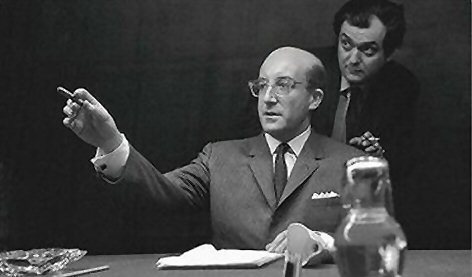
Stanley Kubrick (r.) directing Peter Sellers in his President Merkin Muffley guise on the set of Dr. Strangelove, or How I learned to Stop Worrying and Love the Bomb.
I’m not buying the claim on Amazon.com that this 544-page beast weighs 14.6 pounds. It felt like at least triple that when I was lugging it around Kennedy Airport.
The cost weighs pretty heavily too. 200 dollars, according to the Taschen website. But if you’ve ever thought about laying down serious coin for a first-rate coffee-table book, this might be the deal-maker. Besides, you can get it on Amazon for only about $125. I’ve blown $125 on things that I wasn’t all that thrilled about the morning after. I know I’m going to feel good about having this book twenty years from now.
< ?php include ('/home/hollyw9/public_html/wired'); ?>
Of course, you have to be a fool for Kubrick’s films in the first place. You have to get the Kubrick thing altogether, which means not just worshipping Paths of Glory or Dr. Strangelove or admiring most of Barry Lyndon, but also coming to terms with Eyes Wide Shut, which wasn’t easy at first but I got there.
I did this by facing up to the fact that resistance was futile. I’ve watched that red-felt pool table scene when Sydney Pollack explains the facts to Tom Cruise over and over, and I don’t even know why exactly…it’s like voodoo.
I presume this same susceptibility has enveloped most of the readers of this column.
The Archives text — articles, essays, interview excerpts, all kinds of data — has been edited and assembled by Alison Castle. It’s all smart, elegant and informative stuff, but this is par for a book of this size and scope from Taschen, the Rolls Royce of prestige publishers.

It’s the purely visual stuff that does it to you, in a strategy that mirrors that of Kubrick’s films. There are something like 1600 images in this thing — 800 immaculate frame blowups from all the films, and another 800 behind-the-scenes stills and various “items” (drawings, script notes, letters), most of which have never seen before. Plus essays by Kubrick scholars Michel Ciment, Gene D. Phillips and Rodney Hill
There are two keepsakes in The Stanley Kubrick Archives that are nearly worth the price alone: a twelve-frame film strip from a 70mm print of 2001: A Space Odyssey, taken from a print in Kubrick’s private vault, and a CD containing a 70-minute audio interview with Kubrick by Jeremy Bernstein in 1966…when Kubrick was at the summit of his powers.
All through my first reading I was feeling envious of Castle, who was given complete access by Kubrick’s widow, Christiane, and his longtime producer and brother-in-law, Jan Harlan. What an amazing job she had for two or three years.
All those details, all that minutae…and she and the Taschen editors only got one little thing wrong. I’m referring to a photo taken on the Spartacus set that identifies costar Rudy Bond (who played a loud-mouthed gladiator, although for some reason this role isn’t listed on his IMDB page) as the film’s producer, Edward Lewis. There’s a very slight chance I’m wrong about this (Lewis may have been a dead ringer for Bond), but I doubt it.
This is a spa book…something to sink into and be replenished by. And yet it’s not quite the ultimate down-to-the-bone Kubrick book of all time. It’s more the ultimate Kubrick massage…a thinking person’s pleasure cruise…a first-class voyage into a very sumptuous and particular world.
It’s been called the most comprehensive book on Kubrick thus far. It is that, but in a selectively affectionate way.
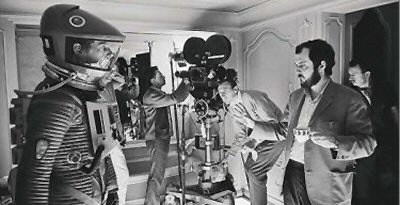
Is it the most penetrating exploration of who Stanley Kubrick really was, and what his life and work finally amounted to, warts, missed opportunities and all? That’s not the intention here.
Does it explore the conflicts Kubrick had with Marlon Brando in the development of One-Eyed Jacks, which resulted in Brando firing him? I would have loved to have read something specific about this, but no.
Does it get into the specific clashes Kubrick had with Kirk Douglas over the making of Spartacus? Here and there, but not to any great detail.
The best books about artists should not only celebrate but dish some rude stuff here and there.
It’s been reported before that Douglas was offended by Kubrick’s pre-production suggestion that he, Kubrick, be given screen credit for Dalton Trumbo’s script, since Trumbo, it was assumed at the time, couldn’t be given this due to his blacklisted screenwriter status. (Douglas eventually gave Trumbo this credit, which helped to end the blacklist era.)
Was this the only reason that Douglas referred to Kubrick during a 1982 interview I had with him as “Stanley the prick”? Douglas was famously egotistical and a scrapper, but I always wanted to know more about his and Kubrick’s relationship.
I guess what I’m saying is that Archives would have been a tad more interesting if Castle and Kubrick’s family hadn’t been so fully committed to the late director’s perspective and had brought in a few naysayers or nitpickers for added flavor.
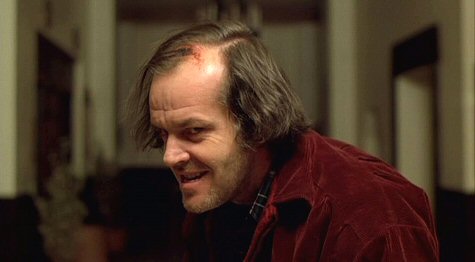
Does it take a hard look at Kubrick’s fastidious, increasingly isolated way of living and working, removing himself more and more from life’s rough and tumble as he got older…more exacting, more of an aesthetic unto himself? Again, not the shot.
Does it ponder the regrets and might-have-been’s and shortfalls? Somewhat, but family-sanctioned tributes are never about tough love.
It would have steered in this direction if I had been the editor. Not to take Kubrick down (I’m as much a fan as Castle or anyone else on the team) but to explore the ironies more fully. I’m saying I would have zeroed in on the paradoxical lesson of Stanley Kubrick’s life and career, which is that absolute creative control can have its downside.
The truth is that the more he became “Stanley Kubrick,” the more he ate his own creative tail. Kubrick became powerful off the success of Dr. Strangelove and 2001: A Space Odyssey in the 1960s. This led to the carte blanche support he enjoyed from Warner Bros. starting with the making of A Clockwork Orange, which in turn allowed him to follow his intrigues to his heart’s content. But this became both his salvation and his trap.
This is an old tune with me, but as watchable as his movies are and always will be, the more remote and mercurial Kubrick became the more rigidly mannered his films were. This is why I’ve always been more of a fan of his work period from The Killing to A Clockwork Orange than the last 24 years of his career, during which he produced only four films — Barry Lyndon , The Shining, Full Metal Jacket and Eyes Wide Shut.
I realize that the emotional bloodlessness of Barry Lyndon is partly what makes it a masterwork, but you can’t tell me Kubrick’s personality wasn’t at least a partial ingredient in this.
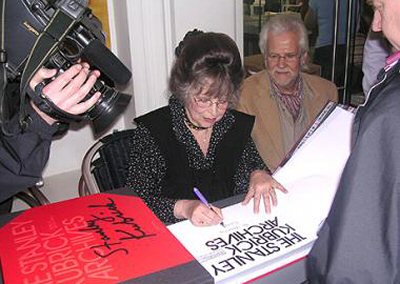
Christiane Kubrick signing copies of The Stanley Kubrick Archives a few days ago in London. Her brother Jan Harlan, who produced Kubrick’s later films, sits to her left.
The opening 20 or 25 minutes of The Shining are among the spookiest ever captured in any film (that interview scene between Jack Nicholson and Barry Nelson is sheer perfection) but the very last shot, the one that goes closer and closer into that black-and-white photo of Nicholson’s Jack Torrance celebrating at an Overlook Hotel black-tie ball in the 1920s, is metaphysical claptrap. It’s a terrible ending.
(I was one of the few who saw a version of The Shining with an excised scene between Nelson and Shelley Duvall that comes right before this shot — Kubrick cut it before the film went into general release. I don’t have the book with me as I’m writing this, but I don’t think it makes any mention of this last-minute edit.)
(And while we’re on the subject, it would have been really special if the book had included frame blowups from the reported five minutes or so from 2001‘s “Dawn of Man” segment that Kubrick trimmed out just after a critics preview. But it doesn’t.)
The labored dialogue in the Vietnam portions of Full Metal Jacket (like “I say we leave the gook for the mother-lovin’ rats” or “Am I a heartbreaker? Am I a…whoo-hoo!..life-taker?”) makes Jacket feel like some kind of stage production rather than something actually going down in that war-torn region in the late ’60s. I read somewhere that some of the actors (Adam Baldwin, for one) bitched behind Kubrick’s back about this, or maybe to his face…I don’t precisely recall.
And yet that final battle sequence (going after that female Vietcong sniper in Hue) is breathtaking.
Don’t get me started on Eyes Wide Shut, but Kubrick’s belief that he would get an R rating (which he was contractually obliged to deliver) for that mansion-orgy sequence footage indicated a man who had stopped taking the pulse of things outside his country estate.
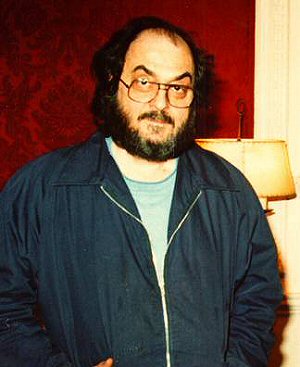
Kubrick at his home in January 1984, in a snap taken by a friend.
And yet for a guy hooked on visual fastidiousness and an increasingly misanthropic view of human affairs, Kubrick nonetheless made films that were tantalizing and seductive….each one a feast.
There’s a Kubrick quote in this book that I’m paraphrasing here, which is that the final measure of lasting motion picture art — all art — lies in the emotional.
It comes down to simple visual pleasures…the thought-out, strongly fortified kind that has led me to watch the Barry Lyndon DVD 15 or 20 times, even thought I don’t care very much for the funereal tone of the film’s second half. I sit through it because I love the Lord Bullington duel sequence and the final epilogue card that states, “Rich or poor, happy or sad, they are all equal now.”
I wouldn’t want to suggest that The Stanley Kubrick Archives is too softball. It is what it is, and that’s a hell of a thing.
The second half takes you in to Kubrick’s deliberative mind more thoroughly (i.e., more personally) than anything I’ve read. From the perspective of first-hand creative immersion, of recreating a world as the artist himself tried to know it and lick it as best he could, it’s one of the finest books on a film director ever published.
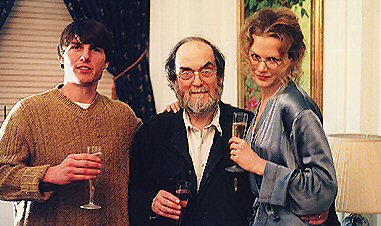
Tom Cruise, Stanley Kubrick, Nicole Kidman on the set of Eyes Wide Shut. It never occured to me before reading this book that Kubrick was on the short side, or shorter than Cruise anyway.
Slightly Gentler Neil
I was so traumatized by the weakness of the dollar during my stay in London last Saturday through Tuesday that I was having anxiety attacks the whole time. I did a lot of speed-walking and visiting different internet cafes and questioning my dumb impulsiveness in flying there in the first place. I didn’t eat anything except fruit and coffee and fast food….awful.
And yet in the face of this I decided last Monday night to see Neil Labute’s Some Girls, which opened a day or two later. I’d missed Labute’s last two, Fat Pig and This Is How It Goes (which both played in New York), as well as The Mercy Seat and The Distance From Here, which I didn’t even know about until I read the program. I felt I needed to catch up.

Some Girls costars Catherine Tate, Saffron Burrows, David Schwimmer, Sarah Tate, Lesley Manville.
And I wanted to see how former Friends star David Schwimmer, who began on the Chicago stage, would handle himself in the lead role. Verdict: he’s relaxed and assured and does quite well.
He’s playing a nominally sensitive short-story writer who’s run away from relationships all his semi-adult life, and is now feeling a bit guilty about this as he prepares to get married. So he pays a visit to four ex-girlfriends in four different cities to talk things over and see if any of them are still pissed about anything…anything at all.
He’s really looking to be forgiven or at least hear that he’s not so bad. This doesn’t happen. He gets a good stiff shot of reality from each ex.
Labute’s plays and films are usually about what pigs or weaklings men are in their relationships with women, and in this light the dealings in Some Girls aren’t as searing or corrosive as usual. It’s not lacking in emotional bruisings, but it’s not quite mild-mannered either.
And Schwimmer’s character makes an effort to at least talk a sensitive game when he catches up with the women. But who and what he really is — a serial escape artist — comes through soon enough, and at the end you feel for his young fiance (whom we never meet) because you know what she’s in for.
The one-act play is funny here and there, briskly paced (at roughly 100 minutes) and sometimes very biting. A moderately enegaging piece. But it doesn’t build or develop all that excitingly and it basically leaves you with a “yeah, not bad” reaction. Is it a movie? No, but maybe an HBO or a Showtime thing.
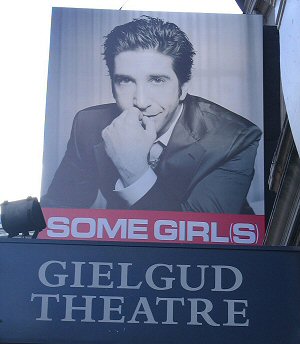
Schwimmer’s first visitation is in Seatlle with Sam (Catherine Tate), whom he dropped just before the senior prom in high school. Married to a local guy who works in a food store and raising kids, she’s still riled about what Schwimmer did (especially his having taken another girl to the prom) and having her emotions stirred.
Then there’s Tyler (Sara Powell) from Chicago, a randy easygoing type who needs a little time to remember what a bastard Schwimmer was to her…and then the anger catches fire.
In Boston he pays a call on Lindsay (Lesley Manville), a married woman he had an affair with behind her busband’s back, and who is also quite angry and looking for revenge.
Finally there’s Bobbi (Saffron Burrows) from Los Angeles, who is hurt but still cares for him…although she’s too smart and proud to open up a second time, even when he tells her she’s the love of his life.
The actresses are all sharp and on top of their roles, and each scene deftly reveals a surprise or two about their past relationship with Schwimmer. LaBute is a gifted writer and psychologically shrewd, but Girls is basically laying out Schwimmer’s history without adding anything urgent or present-tense to it.
Randomly
I was so upset by London I decided to get back to States as quickly as possible. That meant flying Easy Jet from London to Amsterdam for the connection back home, and since I had a few hours to kill I decided to train into town and look around.
I don’t get high so the whole cannabis side of things didn’t hold any appeal, but it’s mildly startling to be in the Abraxas Cafe and see the wide variety of hallucinogenic brownies being sold. Amsterdam is cool but English is spoken so widely and there are so many Brits and Americans running around that the exotic appeal feels diminished for me.
It’s obviously more than just a party town for stoners, but that’s what it felt like during my three-hour visit. Stoners and flower markets (what exactly do you do with a tulip?) and prostitutes and Burger Kings.

Southern sector of Hyde Park near Lancaster Gate — Sunday, 5.22, 5:50 pm.

McDonald’s delicacy available primarily to Londoners.
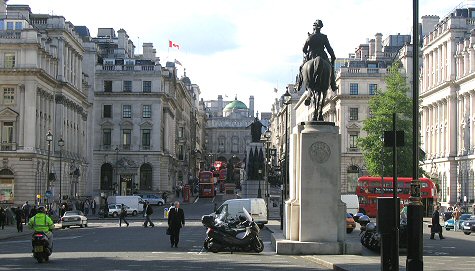
Four or five blocks due south of London’s Piccadilly Square — Monday, 5.23, 4:45 pm.
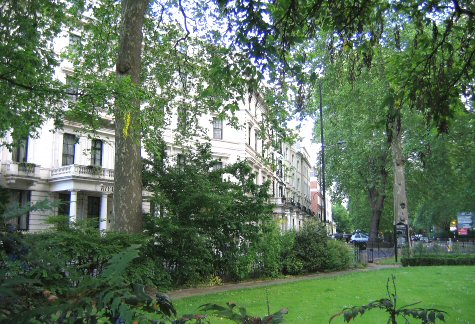
Near London’s Sussex Gardens — Sunday, 5.24, 2:35 pm
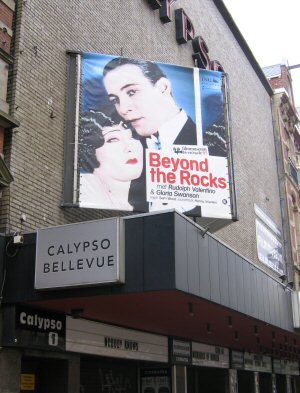
Valentino and Swanson at Amsterdam’s Calypso Bellevue — Tuesday, 5.24, 3:10 pm

Amsterdam — Tuesday, 5.24, 5:05 pm.

Amsterdam — Tuesday, 5.24, 3:50 pm.
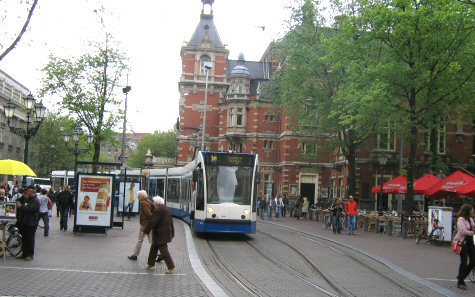
Amsterdam — Tuesday, 5.24, 4:10 pm.

Tuesday, 5.24, 10:10 am.
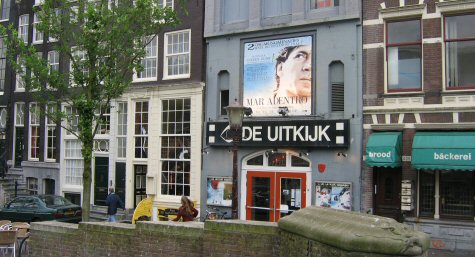
Canal-adjacent theatre in Amsterdam — Tuesday, 5.24, 3:05 pm.

Amsterdam commuters — Tuesday, 5.24, 3:20 pm.
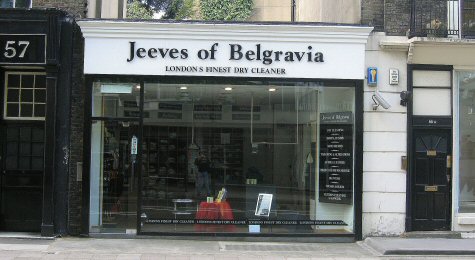
Near London’s Sussex Gardens — Sunday, 5.22, 2:15 pm

Residential street near London’s Sloane Square — Sunday, 5.22, 4:20 pm.
